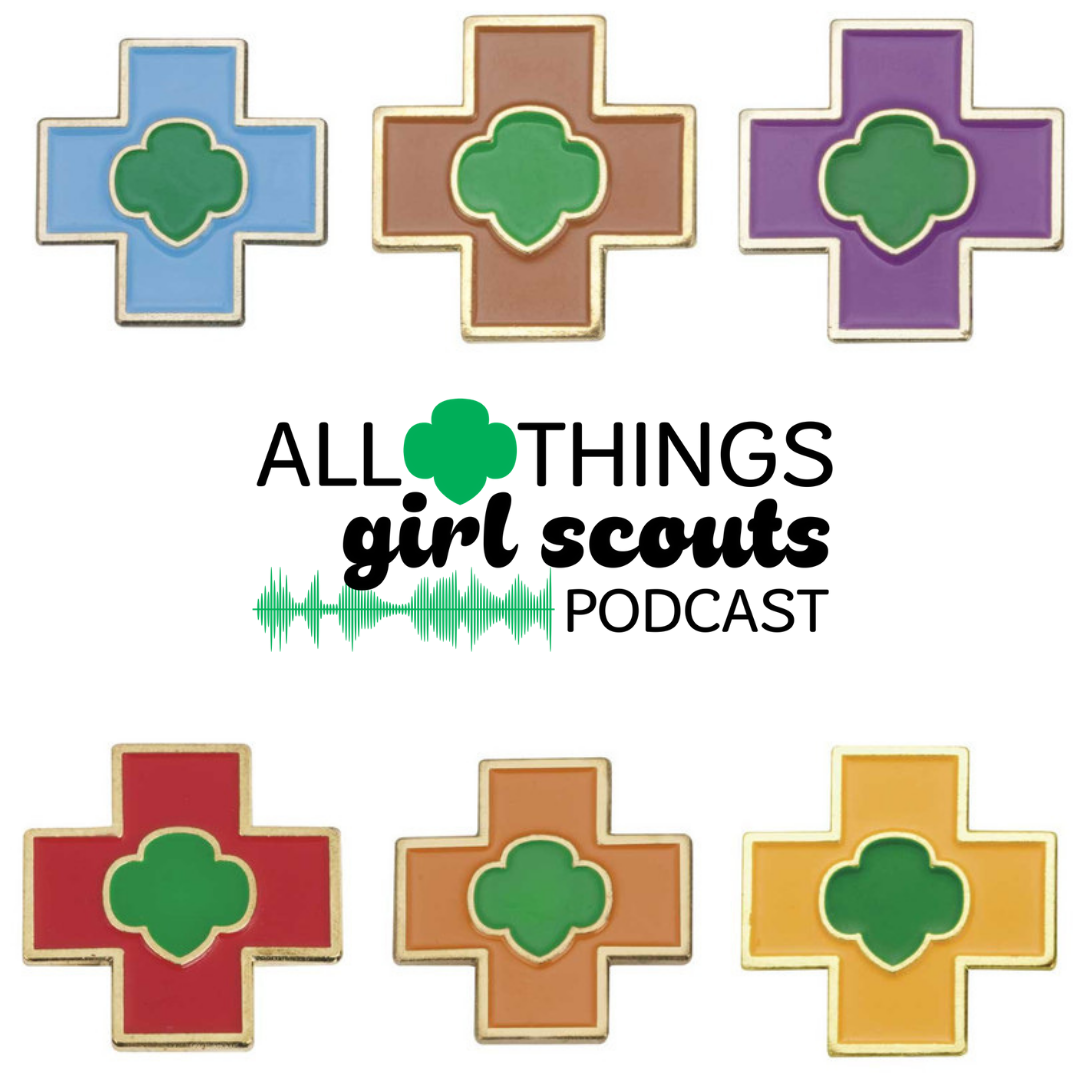 Featured
Featured
Episode 9 – Join the AtGS Movement
Podcast: Play in new window | Download
Subscribe: RSS
We’re gearing up for BIG things in 2020! And we need your help.
Every month, we’ll be opening up guest blog submissions and podcast guest applications to plan all the All Things Girl Scouts goodness for the following month. Our listeners and readers have so much knowledge and experience to share, and we’re ready to help even more Troop Leaders and parents make Girl Scouts AWESOME for girls in their troop.
Be a Guest Blogger
There are 3 types of articles you can submit:
- Share Your Story: Something AWESOME your troop or Service Unit has done in Girl Scouts. What are your successes that others could gain inspiration from?
- How-To: Share the step-by-step of how to earn a specific girl award, qualify for a volunteer recognition, or host a bridging ceremony (for example).
- Expert Resources: Do you have a super-cool day job with expertise to share? Maybe you can help girls earn a badge by sharing resources.
To get started, submit your interest form here.
The deadline to submit is the 10th of each month, for content to be published the following month.
Be a Podcast Guest Host
There are 3 types of Podcast Guest Hosts:
- Girl Scout Experts – If you have a special skill, experience, or knowledge related to Girl Scouts, join us on an episode to share it! Are you really good at Dutch oven cooking? Love the STEM badges? Let’s chat.
- Professional Experts – If you’ve got a cool day job that girls or troop leaders might be interested in learning more about, let’s chat.
- Council Celebrity – How fun would it be to interview council CEOs, Board chairs, and Camp Directors?! Let’s highlight your Council’s celebrities with exclusive interviews!
Want to be a Podcast Guest Host? Submit your interest form here.
Know someone who would be an awesome guest? Suggest a guest here.









